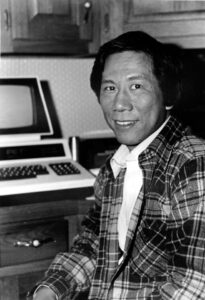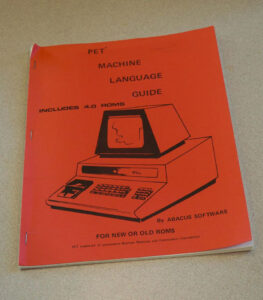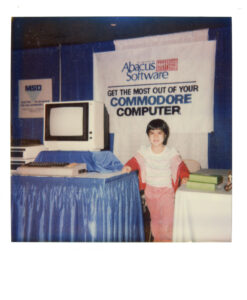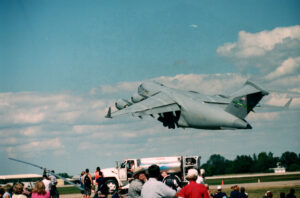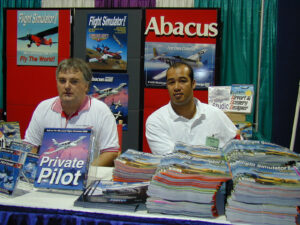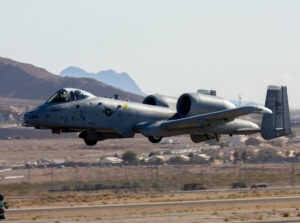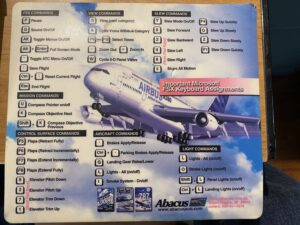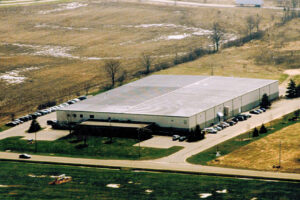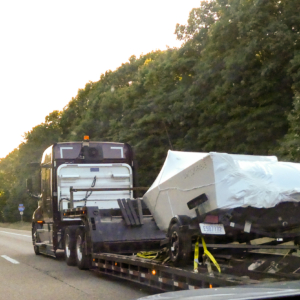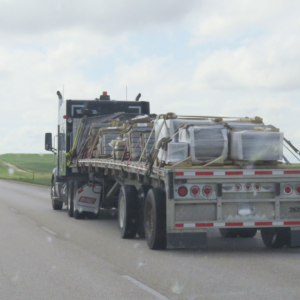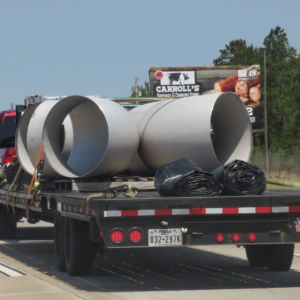Places that you may have never heard of
I’ve been writing about places with interesting names. They’re mostly in remote areas of the country that are unfamiliar to most travelers. As I roam the roads, I keep my eyes open for these kind of places.
You can’t help by notice the large green signs along the road tell us where to find certain towns and interesting places. Once in a while I come across an interesting name and wonder what this place is all about. Dunphy is one such place.
In north central Nevada along the I-80 freeway is a sign for Dunphy. It’s located between the two better known towns of Carlin and Battle Mountain.

I found that the TS Lazy Ranch was started by an Irish immigrant named William Dunphy. Dunphy and other partners used the open ranges in this area as a large, successful ranching operation.
Barite, a mineral used in oil drilling process, was discovered in the area in the 1930s. The raw barite ore was shipped to Modesto, California to be processed. .

Not long after, a mill was constructed along side the Western Pacific railroad to crush and ship the raw materials onward
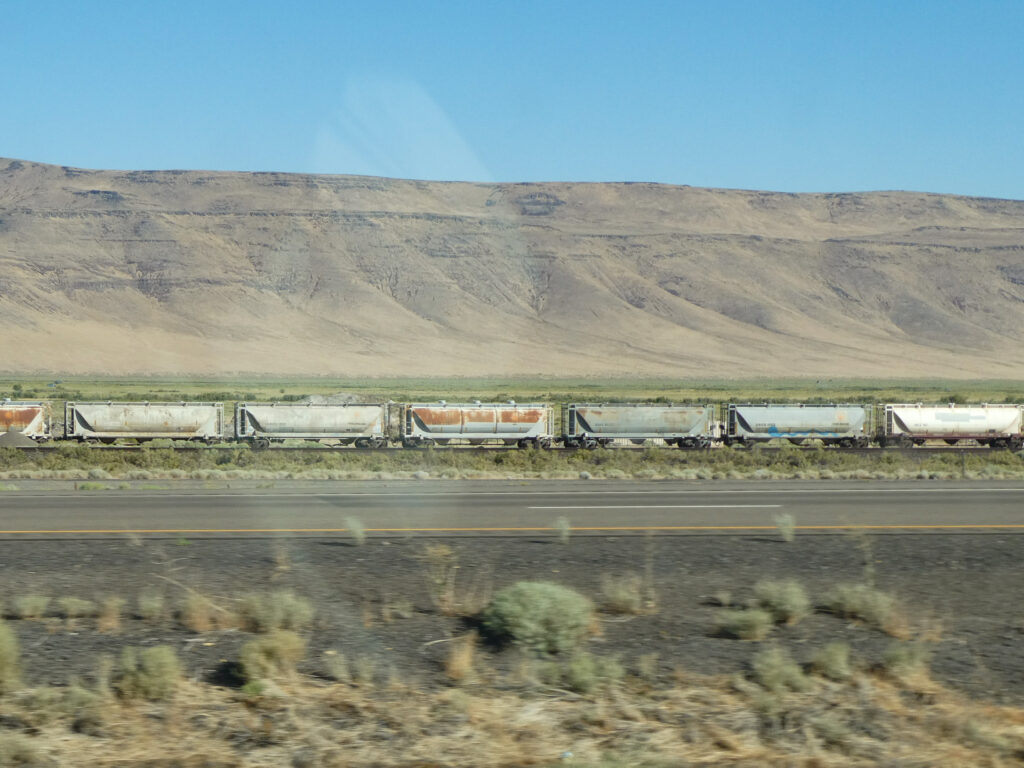
In 2014 the Halliburton Corp built a new 66,000 sq ft plant to process the barite.

The TS Lazy Ranch ranch is still in operation operation as a cattle ranch using modern management of the land, livestock and wildlife
For more info about the Halliburton Barite Plant click here.
Dunphy turns out to be another neat place with an interesting name.
These are more of my places that you may never have heard of
Aragonite, Utah
Argenta, Nevada
Beowawe, Nevada
Jackpot, Nevada
Mercury, Nevada
Rhyolite, Nevada
Vedauwoo, Wyoming
Wamsutter, Wyoming
